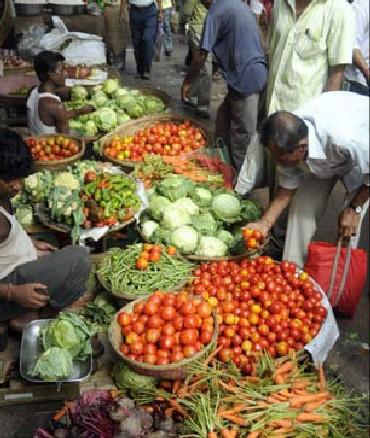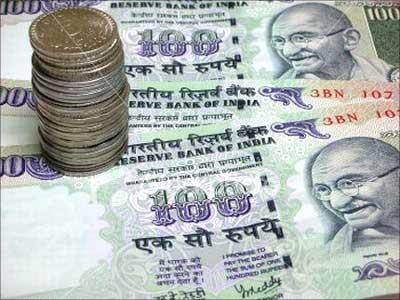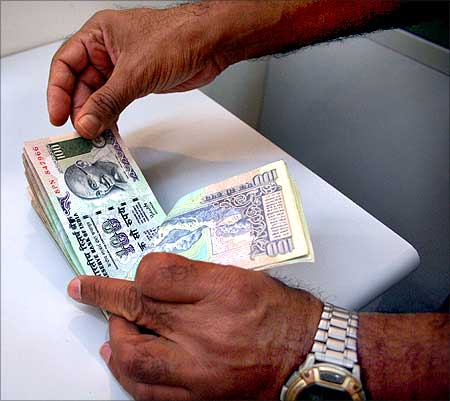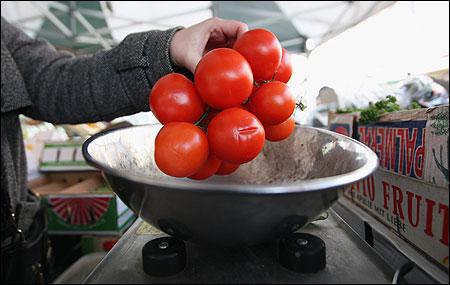Food inflation fell to a nearly four-year low of 4.35 per cent during the week ended December 3, reflecting a decline in prices of essential items like vegetables, onions, potatoes and wheat.
This is the lowest rate of food inflation since the week ended February 23, 2008, when it stood at 4.28 per cent.
Food inflation, as measured by the Wholesale Price Index, stood at 6.6 per cent in the previous week.
. . .
Food inflation eases to nearly 4-year low of 4.35%
It was recorded at 10.78 per cent in the corresponding period last year.
Experts feel the moderation in the rate of price rise of food items below the psychological 5 per cent-mark will bring relief to the government, which has been battling high inflation for almost two years now.
According to data released by the government on Thursday, onions became cheaper by 46.03 per cent year-on-year during the week under review, while potato prices were down by 33.28 per cent.
Prices of wheat also fell by 4.43 per cent.
Overall, vegetables became cheaper by 12.28 per cent.
. . .
Food inflation eases to nearly 4-year low of 4.35%
However, other food products grew more expensive on an annual basis, led by protein-based items.
Pulses became 11.76 per cent costlier during the week under review, while milk grew dearer by 11.08 per cent and eggs, meat and fish by 9.26 per cent.
Fruits also became 9.37 per cent more expensive on an annual basis, while cereal prices were up by 1.85 per cent.
Inflation in the overall primary articles category stood at 5.48 per cent during the week ended December 3, as against 6.92 per cent in the previous week. Primary articles have over 20 per cent weight in the wholesale price index.
. . .
Food inflation eases to nearly 4-year low of 4.35%
Inflation in the non-food segment, which includes fibres and oilseeds, was recorded at 2.12 per cent during the week under review, as against 1.37 per cent in the week ended November 26.
Fuel and power inflation stood at 15.24 per cent during the week ended December 3, compared to 15.53 per cent in the previous week.
The decline in the rate of price rise in food items, which was in double digits till early November, is likely to give some relief to the government and the Reserve Bank, which have been facing flak from all quarters for persistently high prices.
. . .
Food inflation eases to nearly 4-year low of 4.35%
On Wednesday, Chief Economic Adviser Kaushik Basu had expressed hope that food inflation may fall below 3 per cent in a month's time.
The fall in food inflation comes as a silver lining for the government at a time when the economy is experiencing a slowdown, with gross domestic product growth dipping to 6.9 per cent in the second quarter, the lowest rate of expansion in over two years.
Industrial production has also witnessed a contraction, with output shrinking by 5.1 per cent in October.
. . .
Food inflation eases to nearly 4-year low of 4.35%
Headline inflation, which also factors in manufactured items, has been above the 9 per cent-mark since December, 2010.
It stood at 9.11 per cent in November this year.
The Reserve Bank of India has hiked interest rates 13 times since March, 2010, to tame demand and curb inflation.
In its second quarterly review of the monetary policy last month, the central bank had said it expects inflation to remain elevated till December on account of the demand-supply mismatch before moderating to 7 per cent by March, 2012.







article